You don’t need to be a marketing whiz to use push and pull marketing effectively for your small business. Let's break down what push-pull marketing is and how you can make it work for you.
What is Push-Pull Marketing?
Push marketing is about "pushing" your products to a specific audience. This means actively promoting your product to potential customers. Think of it as outbound marketing where you reach out to your audience, hoping to spark their interest and prompt them to buy.
Examples of Push Marketing:
- Billboards
- Pamphlets
- Product displays in stores
- Radio and TV commercials
- Trade show exhibits
- Direct selling in showrooms
- Direct mail campaigns
On the flip side, pull marketing is about attracting customers to you. Also known as inbound marketing, pull marketing is about making your product or service visible so people can find you when they have a need or interest.
Examples of Pull Marketing:
- SEO (Search Engine Optimization)
- Content marketing
- PPC (Pay-Per-Click) advertising
- Influencer Partnerships
- Media Coverage & Earned Media
- E-mail Marketing
When to Use Push Marketing
Push marketing is great for getting the word out quickly. It is a beneficial approach if you have a specialized product or service, a limited-time offer, or a new company seeking exposure. To run a successful push marketing campaign, it is important to know your target market so you can directly target the consumers most likely to respond. Additionally, having a well-defined budget will ensure you allocate your resources effectively and avoid overspending. Identifying your target market and sticking to a marketing budget will allow for a strategic and sustainable marketing approach.
When to Use Pull Marketing
While push marketing is about immediate results and quick interactions, pull marketing is about building awareness and nurturing relationships. Think of pull marketing as running a marathon whereas push marketing might be more like a 100-metre dash.
It may be slower to see results at first, but pull marketing can be very effective and, like other investments, have a multiplier effect over time. Customers are most likely to respond to pull marketing when they already know what they need - or at least understand they have a problem to solve. Today’s consumers do a lot of research before making a purchase. They search online, ask for recommendations, and read reviews. Building an online presence with engaging content, effective SEO, and strong authority in your field ensures it’s you who they find when they come looking.
Combining Push and Pull Marketing
Using both push and pull strategies together will maximize your marketing efforts. Push marketing can create demand and drive traffic to your website, while pull marketing can engage and retain these potential customers with valuable content and interactions.
For example, a small business might launch a targeted social media or local radio ad campaign (push marketing) to announce a new product or limited-time offer. Concurrently, they could enhance their website’s blog and SEO efforts (pull marketing) to provide detailed information and build trust. They might also ensure they have an email newsletter sign-up on their website so that the influx of traffic they receive from the ad campaign can stay engaged with their company afterward and receive future updates and special offers. This combination ensures immediate visibility while fostering long-term customer engagement and loyalty.
By strategically combining push and pull marketing techniques, you can increase your reach, attract new customers, and build lasting relationships with your audience.
How Small Business Owners in Alberta Can Benefit
Alberta, with its vibrant economy and entrepreneurial spirit, is a perfect place for small businesses to leverage push-pull marketing. Here’s how:
For Push Marketing:
- Local Media Advertising: Use local newspapers, radio, and TV stations to promote your products. This is particularly effective in smaller communities where local advertising has a big impact.
- Trade Shows and Local Events: Participate in trade shows and community events to showcase your products directly to potential customers.
- Direct Mail Campaigns: Send brochures, flyers, or promotional materials to residents in your target areas, especially with special offers or discounts.
For Pull Marketing:
- SEO and Online Presence: Optimize your website for search engines. Many potential customers search online before making a purchase decision. Good SEO helps you appear in these search results.
- Social Media Engagement: Build a strong presence on platforms like Facebook, Instagram, YouTube, and LinkedIn. Engage with your community and create a loyal customer base.
- Content Marketing: Start a blog or create content that addresses your audience's needs and interests. Providing valuable information can attract and retain customers.
- Email Marketing: Send regular newsletters with updates, promotions, and valuable content to those who have signed up for your newsletter.
Incorporating both push and pull marketing strategies can significantly enhance the marketing efforts of your small business. By leveraging the strengths of each approach, you can create immediate visibility while building long-term relationships with your customers. For small business owners in Alberta, this combined strategy can effectively increase reach, attract new customers, and foster lasting engagement with your audience, ensuring sustainable growth and success.
Community Futures Wild Rose has supported rural Alberta businesses for 35 years through business planning, coaching, training, and financial support. So, whether you're starting up, planning growth, or facing financial challenges, we are here for you. Schedule a FREE consultation with us at
Let's grow your business together.




